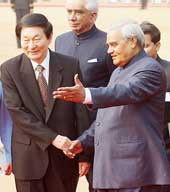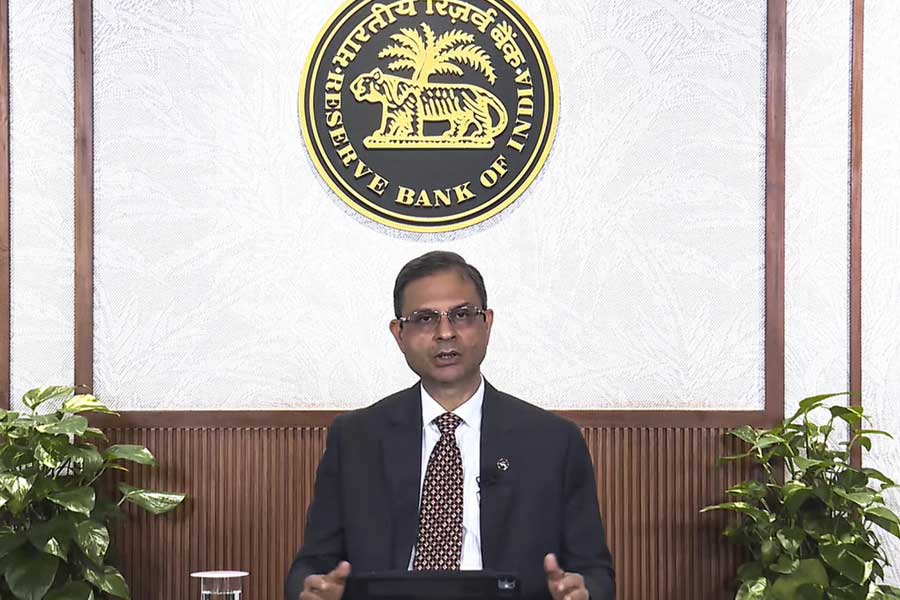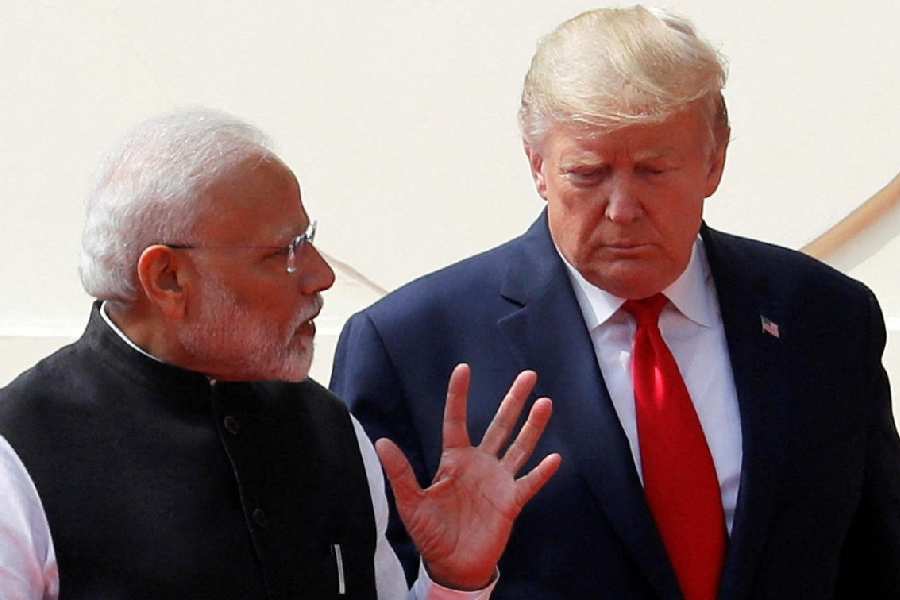|
|
| More to choose from |
The new year is supposed to be the time to plan ahead. Planning, in turn, requires an anticipation of future trends and changes. What are the major changes that will shape the world economic and business environment in the coming decade or so? McKinsey & Co. has come up with a list of major trends for the coming decade.
The centre of global economic activity will shift to the so-called emerging economies. As is well known, China and India will be the two most important members of the newly emerging world economy. To an increasing extent, the shaping of the global economy would be influenced by these economies. For example, many in the West fear that the global wages of manufacturing workers are already being set in Beijing while the global wages of service workers are being set in Bangalore. Similarly, the low interest rate in the United States of America is being supported, despite the near-zero savings rate of US households, by the massive flow of savings from the Chinese and other Asians.
The recent trend in the world price of petroleum products is being largely explained by the spurt in demand for automobiles in high-growth emerging economies like China, India, Russia and Brazil. The world inflation rate is being kept low, despite rising energy costs, by the flood of cheap consumer articles from China. Multinational companies are registering all-time high profit rates, simply by relocating their factories to the lower-cost emerging countries. Moreover, as growth outside the US picks up, slowing down of the US economy would be less of a disaster in future.
Nearly one billion new consumers will enter the global marketplace. So, we are going to see a big bulge in consumption, with enormous business opportunities. At the same time, consumers will be better informed about the prices, quality and availability of alternative products throughout the world, compared to the earlier generations.
The world will have to cope with the problems of a growing elderly population — particularly relating to their healthcare and pensions. The public sector alone will not be able to handle these problems. It will require more private-sector participation. Consequently, the people will have to pay more for the health services and receive more variable pension benefits than they are used to. In turn, this will open up new business areas for the private sector. Insurance companies in the West would wake up to the advantages of treatment in low-cost countries like India and should be willing to cover the cost of medical care in such countries. This process will be further facilitated as there will be more collaboration arrangements between Indian and foreign hospitals and insurance companies.
Countries with a higher proportion of population in the working age group and with the required skills will have a decided advantage over others. At the same time, the low level of education and skill of the vast majority of Indian workers will be a big handicap for India. The reach and the quality of education and skill formation will hold the key to higher growth. Education is the greatest equalizer over the long term. Unfortunately, the political classes in India are going for the easy way out, by trying to reserve seats in the IITs and IIMs and in private-sector jobs. In the process, they are refusing to address the basic problem of low-quality education for the masses at the primary and secondary levels.
The world is still at an early stage of IT revolution in business. We are going to see a lot more use of IT in design and manufacturing processes. As a result, the demand for skilled technical manpower will keep increasing at a fast pace. This, in turn, will accentuate the global search for talent. After capital, the labour market for high-skill workers is being increasingly globalized. Apart from the outsourcing of jobs to other countries, this will mean more migration of skilled workers across national boundaries. In the words of the McKinsey report, “For many companies and governments, global labour and talent strategies will become as important as global sourcing and manufacturing strategies.”
The problem is that our higher educational institutions are producing thousands of graduates, many of whom do not meet the industry requirements. Consequently, there is an acute shortage of high-quality technical people, whose salaries are skyrocketing as a result. This would erode our international price competitiveness in skill-intensive services and manufacturing, which are currently the major drivers of the Indian growth engine.
The high growth rates, particularly in the emerging economies, will lead to a rising demand for already-scarce natural resources, putting increasing strain on the environment. Water will be particularly scarce. How to maintain the growth momentum without further worsening the pollution level will be a big challenge for business, technologists and government regulators. One shudders to think of the congestion and pollution problem in India when the one lakh rupees people’s cars would appear on the streets. Further, acquisition of land for big industrial and infrastructure projects and building consensus on an equitable compensation scheme for the displaced people will become more and more troublesome.
Although some companies will grow bigger through mergers and acquisitions at home and abroad, society will find it hard to accept this reality. The resentment against multinational companies will grow stronger. As health, safety and ecological consciousness is bound to grow, many companies (like soft drinks and cigarette) will have to rethink their business strategies, modify their products and diversify in new lines of production.
Finally, knowledge as well as access to knowledge will go on multiplying. However, sudden big breakthroughs in knowledge or inventions by individuals (like Newton or Einstein) are less likely than before. Today, research and invention are primarily group activities. The process of continuous change will mean that businesses will have to be awake all the time to keep pace with changing technology. The world will be in a process of continuous turmoil or change. Consequently, new opportunities for growth and profits will crop up all the time. But this also means that some sectors will face loss of jobs while others prosper.
In short, we will see higher growth, rising overall prosperity, but also greater social discontent.












